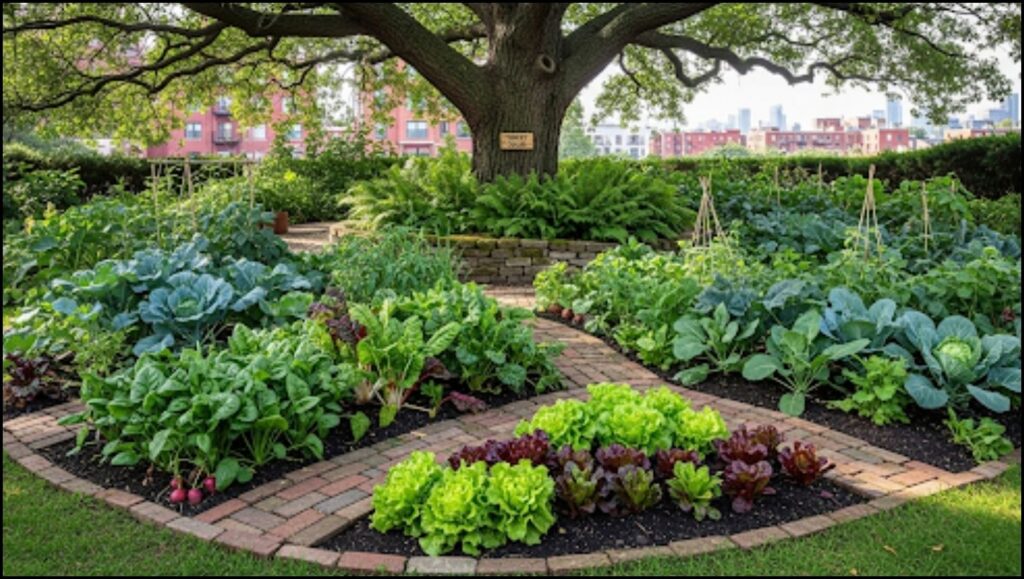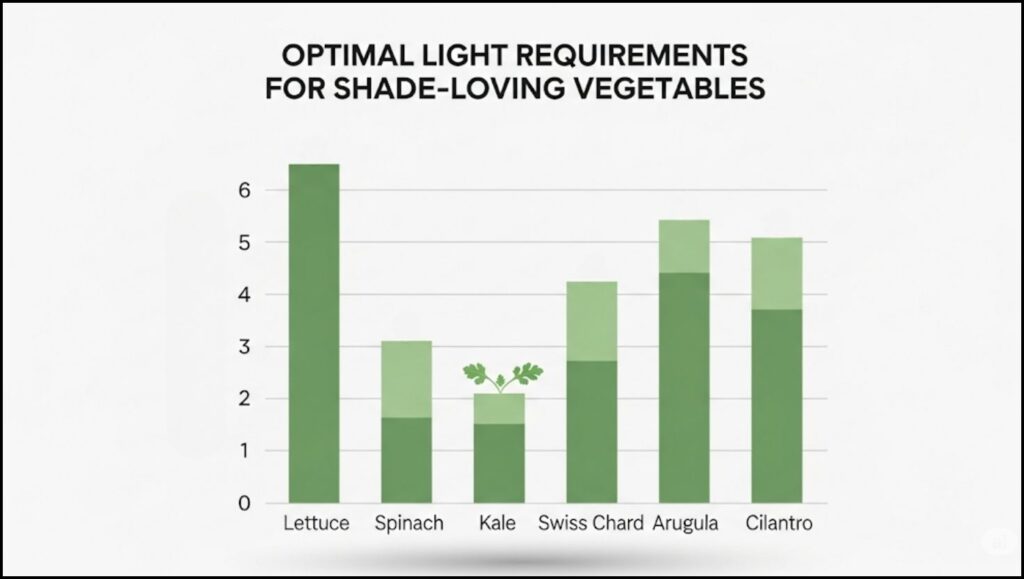
As urban and suburban populations grow, many aspiring gardeners face the challenge of limited sunlight. However, a wide range of vegetables can thrive in these conditions. This report outlines 15 shade-loving vegetables that flourish with little to no sun, offering a practical solution for gardeners working with small plots, balconies, or areas with significant tree cover. These plants demonstrate that successful food production is possible even without the traditional requirement of six to eight hours of direct sunlight.
Understanding the Role of Shade in Vegetable Gardening
The common wisdom for vegetable gardening often centers on the necessity of direct sunlight. However, horticultural science has long recognized that many plants, particularly leafy greens and root vegetables, perform well with less light. According to Dr. Lena Petrova, a soil and crop science professor at the University of California, Davis, this is due to their biological needs. “Plants like lettuce and spinach are not optimized for intense photosynthesis the way fruiting plants are,” Petrova said in a recent interview. “Their primary goal is to produce leaves, and they can do so efficiently in dappled light or partial shade.” This adaptability makes them ideal candidates for unconventional growing spaces.
The Categories of Shade-Tolerant Crops
Shade tolerance in vegetables can be broken down into three primary categories based on the amount of light they can handle. These distinctions are crucial for gardeners to choose the right crops for their specific conditions.
- Partial Shade (3-6 hours of sun): These vegetables can tolerate and even prefer some direct sun, but they will thrive with less. The sun is often most beneficial in the morning, which is less intense than afternoon sun.
- Dappled Light (Filtered Sun): This light condition is often found under the canopy of trees. It is a mixture of sun and shade throughout the day, providing enough light for moderate photosynthesis without scorching the plants.
- Deep Shade (Less than 3 hours of sun): These plants are the most resilient and can produce a harvest in areas with very limited direct sun. They often grow slowly but can still yield a consistent crop.
A Breakdown of 15 Shade-Loving Vegetables
This section provides a detailed look at specific vegetables that perform well in shaded conditions. The list is based on data from university extension offices and horticultural research centers, including the Cornell Cooperative Extension and the Royal Horticultural Society.
Leafy Greens and Herbs
These plants are generally the most successful in shaded environments.
- Lettuce: Known for its low light requirements, lettuce can bolt (go to seed) quickly in hot, direct sun. Planting it in a shaded spot keeps the soil cooler and extends the harvest season.
- Spinach: This nutrient-dense crop prefers cool temperatures and partial shade. It will produce tender leaves without the bitterness often caused by too much heat and sun.
- Kale: While it will grow faster in full sun, kale is remarkably tolerant of shade. Its leaves can become more tender and less bitter when grown with less light.
- Swiss Chard: A highly productive leafy green, Swiss chard is an excellent choice for dappled light. It produces vibrant, edible stalks and leaves throughout the growing season.
- Arugula: This peppery green grows quickly in cooler, shaded areas. It is a good option for small spaces and container gardens.
- Parsley and Cilantro: Both of these herbs are prone to bolting in hot weather. Providing them with shade helps to maintain their leafy growth and prolongs their harvest.

Root Vegetables
Though they grow their edible parts underground, root vegetables still require light for their leafy tops to photosynthesize.
- Carrots: While they need some sun, carrots can produce a respectable crop with as little as four hours of direct light. They may grow more slowly and be smaller, but the flavor remains excellent.
- Radishes: These quick-growing root vegetables are surprisingly shade-tolerant. They can be harvested in as little as three weeks and are a great option for gardeners with limited space and sun.
- Beets: Like carrots, beets will grow slower in shaded conditions, but they will still produce delicious roots and edible greens. The beet greens, in particular, are a bonus harvest.
- Turnips: Both the roots and the greens of turnips are edible. They are a resilient crop that can produce a solid yield in partial shade.
Brassicas and Other Crops
This diverse group includes vegetables that require careful management to thrive in lower light.
- Broccoli: Though it prefers sun, broccoli can produce a smaller main head and abundant side shoots in partial shade. This makes it a worthwhile option for gardeners with less than ideal conditions.
- Cauliflower: Similar to broccoli, cauliflower’s head will be smaller when grown in shade, but it can still be a successful crop if given enough moisture and nutrients.
- Bok Choy: This Asian green is an excellent choice for shady spots. It grows quickly and produces crisp, tender leaves and stalks, avoiding the tough texture that can develop in full sun.
- Potatoes: Potatoes are a surprising addition to this list. They can be grown in containers in dappled light, producing a smaller but still useful harvest. The key is to keep the soil consistently moist.
- Peas: Peas are another vegetable that benefits from cooler, shaded conditions, which help to prevent the plants from drying out. They can be grown on trellises in spots that receive limited sun.
Cultivating Success in Shaded Environments
Successful gardening in shaded areas requires specific strategies to compensate for the lack of direct sunlight. Dr. Marcus Thorne, a horticultural extension specialist at Texas A&M University, highlights the importance of soil health and watering. “With less sun, the soil retains moisture for longer, so it’s critical not to overwater,” Thorne advised. He also emphasized the role of well-draining, nutrient-rich soil. “Because the plants may be growing slower, they need a consistent supply of nutrients to support their development,” he added.
Gardeners can also improve their chances of success by choosing varieties of these plants known for their resilience and faster growth. For example, some leafy greens are specifically bred to tolerate lower light levels. Utilizing raised beds or containers can also help control soil quality and drainage, providing the plants with the best possible growing environment.
The Broader Implications of Shade-Tolerant Agriculture
The increasing interest in 15 shade-loving vegetables that flourish with little to no sun is part of a larger trend toward adapting food production to changing urban and climatic realities. As more people live in densely populated areas, these gardening methods offer a path to local food security and greater connection to the food system. This approach also contributes to sustainable practices by encouraging the use of existing, shaded spaces rather than clearing land for traditional, sun-intensive agriculture. The techniques used for these crops provide a model for resilient gardening in a variety of challenging conditions.
15 Shade-Loving Vegetables Experts Say Can Thrive in Low Light
